In Quang Ninh, the Vietnam Institute of Geosciences and Mineral Resources (VIGMR) has recently coordinated with Korean experts to conduct a test of the inorganic binder material CMD-SOIL - a new solution that utilizes fly ash and blast furnace slag to replace cement in deep mixing technology, aiming to reduce emissions, save resources and move towards low-emission coastal construction.
According to statistics, each year Vietnam generates tens of millions of tons of fly ash and blast furnace slag from thermal power plants and steel mills. These are two types of solid waste with large volumes, if not treated properly, will cause soil and water pollution and seriously affect the living environment of surrounding people.
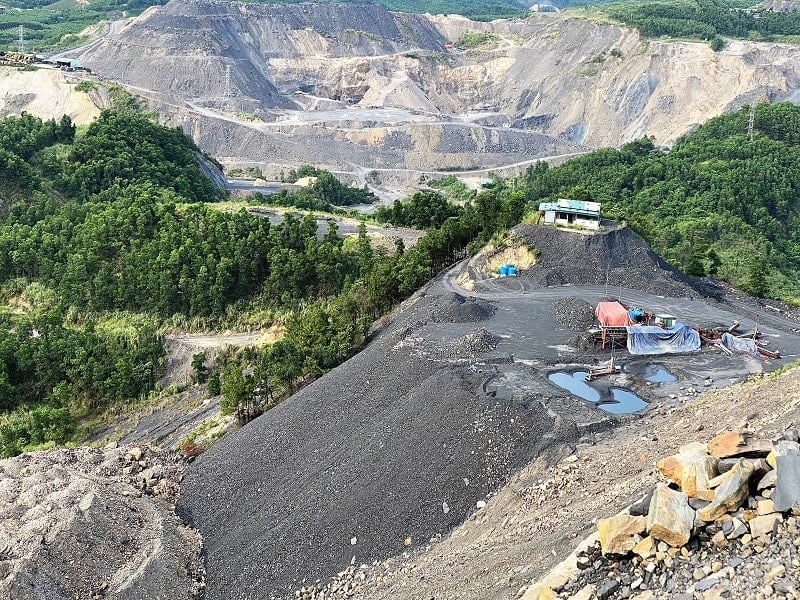
CMD-SOIL material is produced from fly ash and blast furnace slag, reducing CO₂ emissions by up to 90% compared to conventional cement.
However, instead of burying or temporarily storing, VIGMR experts have cooperated with Zian Industry Co., Ltd (Korea) - a member of CMD Group Co., Ltd to research and recycle this waste source into inorganic adhesive material CMD-SOIL, which can replace traditional cement in treating construction foundations.
The test was conducted in Bac Tien Phong Industrial Park, which has weak geology, a 10-15m thick layer of silty clay and a shallow groundwater level of only 1.2-1.7m. This is a challenging environment, requiring advanced treatment solutions to ensure the safety and stability of seaport infrastructure and large-scale coastal works.
CMD-SOIL is an environmentally friendly inorganic binder material developed based on an alkaline activation reaction, creating a hardening process similar to Portland cement but with up to 90 times lower CO₂ emissions.
While producing one ton of conventional cement emits about 903 kg of CO₂, the same amount of CMD-SOIL emits only 10 kg of CO₂. Not only does it reduce greenhouse gases, this technology also helps to fully utilize waste sources, avoid wasting resources and reduce the load on ash and slag landfills. The main raw materials of CMD-SOIL are fly ash from circulating fluidized bed boilers (CFBC) and finely ground blast furnace slag S95 - two types of waste available domestically, suitable for replicating the model in many different infrastructure fields.
According to VIGMR, recycling this source of industrial waste not only reduces soil and water pollution, but also makes a practical contribution to the circular economy goal and carbon neutrality strategy by 2050 that Vietnam committed to at COP26.
In Quang Yen, experts conducted field tests on 12 deep mixing columns (Deep Mixing Method) with a depth of 6m, using a binder mix of 200-300 kg/m³ of soil. After 7, 14 and 28 days, the samples were tested by standard compression and penetration tests (SPT) and load tests (PBT), compared with traditional OPC cement.
The results showed that the 28-day compressive strength of CMD-SOIL reached 2.8-3.0 MPa, 1.5 times higher than the standard for seaport foundation design (1.7-2.2 MPa). Not only that, the material does not cause acute toxicity to aquatic organisms, and meets Korean standards on heavy metal limits (Pb, Hg, Cr⁶⁺ were not detected). This confirms that CMD-SOIL is both safe for the marine environment and ensures technical durability for coastal works.
Not only is CMD-SOIL superior in terms of environment, it also brings high economic efficiency. The material cost is only 70-80% of PCB40 cement, thanks to the utilization of available raw materials and reduced transportation costs. According to the representative of CMD Group, this material has the potential to open up a billion-dollar market for projects to treat weak coastal soil, highways, airports and industrial parks along rivers and seas in Vietnam.
Dr. Trinh Hai Son, Director of VIGMR, said that CMD-SOIL has two outstanding advantages. First, it uses local soil materials directly, helping to reduce construction costs and limit the exploitation of new soil. Second, it has good salt tolerance, suitable for coastal and island projects, where traditional cement is easily corroded.
Mr. Son emphasized that the results of this research and testing are completely consistent with Decision 126/QD-TTg in 2019 of the Prime Minister , on the development of construction materials for coastal and island projects until 2025. This is a concrete step to realize the policy of developing the materials industry in the direction of green, circular and emission reduction. CMD-SOIL is not only a scientific product, but also demonstrates new thinking in sustainable development of the construction industry. From utilizing waste, reducing emissions, to applying environmentally friendly technology, all aim at the goal of building safe, green and sustainable coastal projects.
If scaled up, this technology will significantly contribute to reducing millions of tons of CO₂ emissions each year, while turning industrial ash and slag into a valuable renewable resource, promoting a circular economy in the construction sector.
It can be said that CMD-SOIL is a symbol of the “from waste to resource” approach, a green foundation solution for the future of coastal construction in Vietnam, where economic development and environmental protection are no longer two separate paths, but converge in a common goal: green growth, long-term sustainability.
Source: https://moit.gov.vn/phat-trien-ben-vung/tan-dung-phe-thai-cong-nghiep-huong-den-cong-trinh-ven-bien-xanh.html




![[Photo] Closing of the 14th Conference of the 13th Party Central Committee](https://vphoto.vietnam.vn/thumb/1200x675/vietnam/resource/IMAGE/2025/11/06/1762404919012_a1-bnd-5975-5183-jpg.webp)








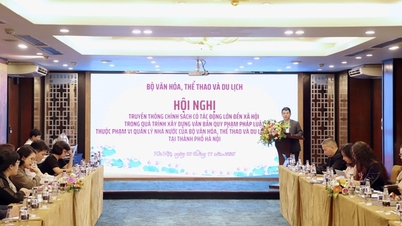
























































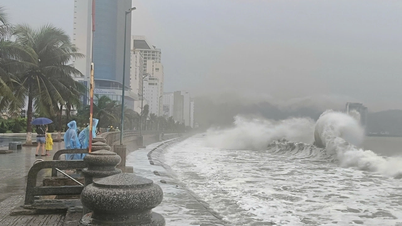




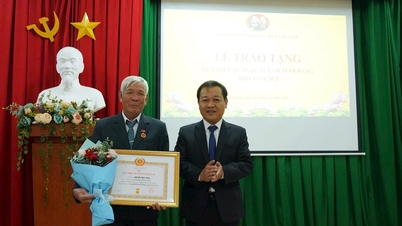



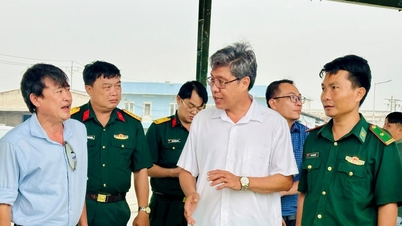






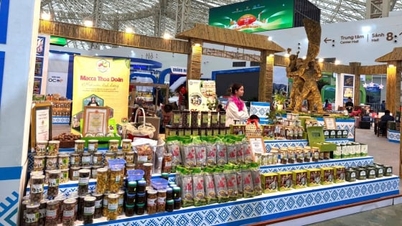










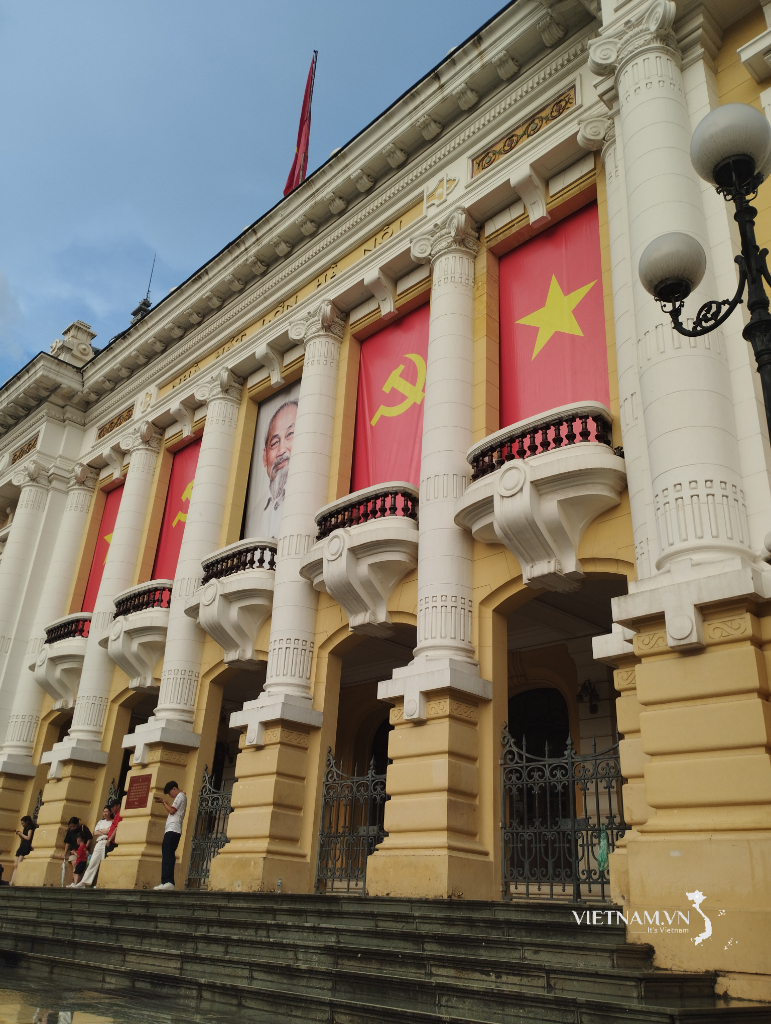

Comment (0)